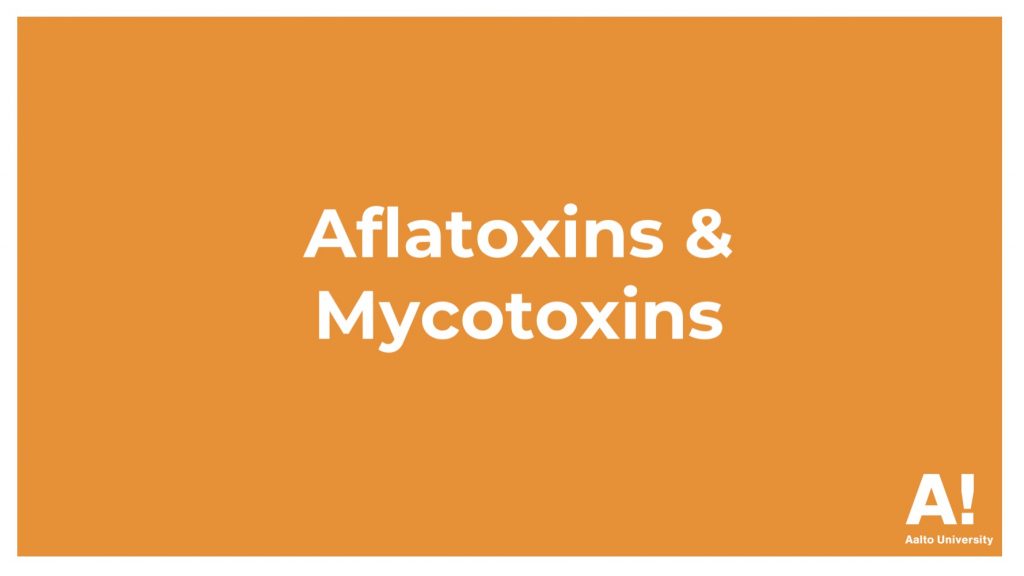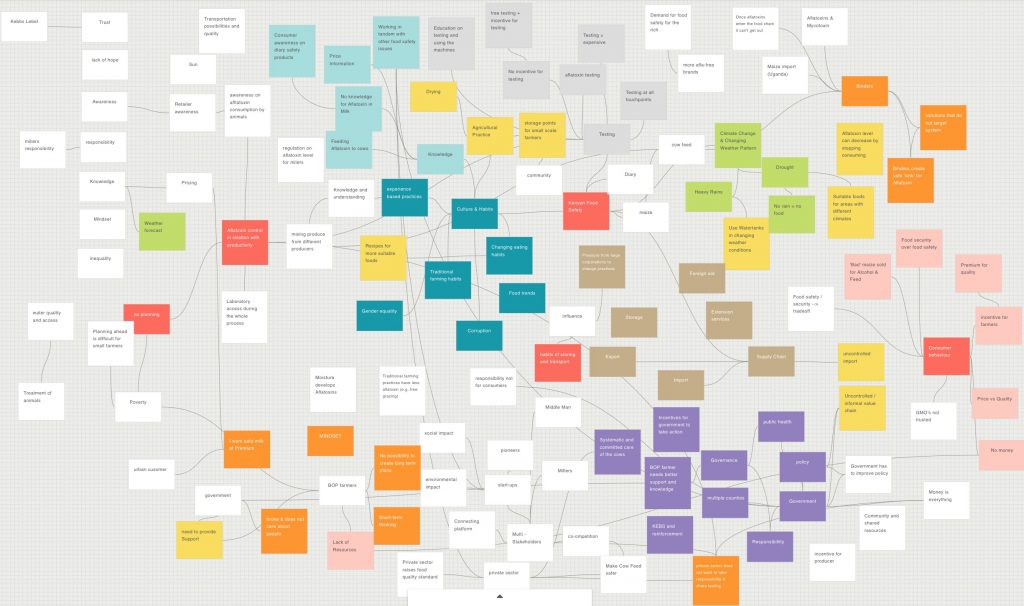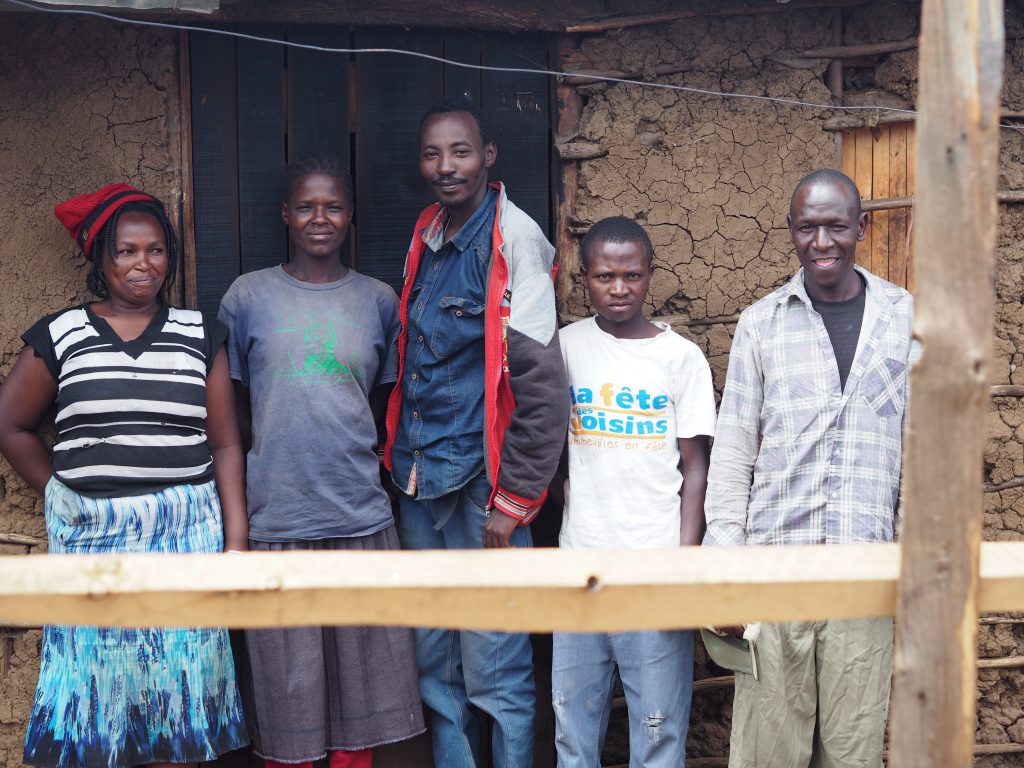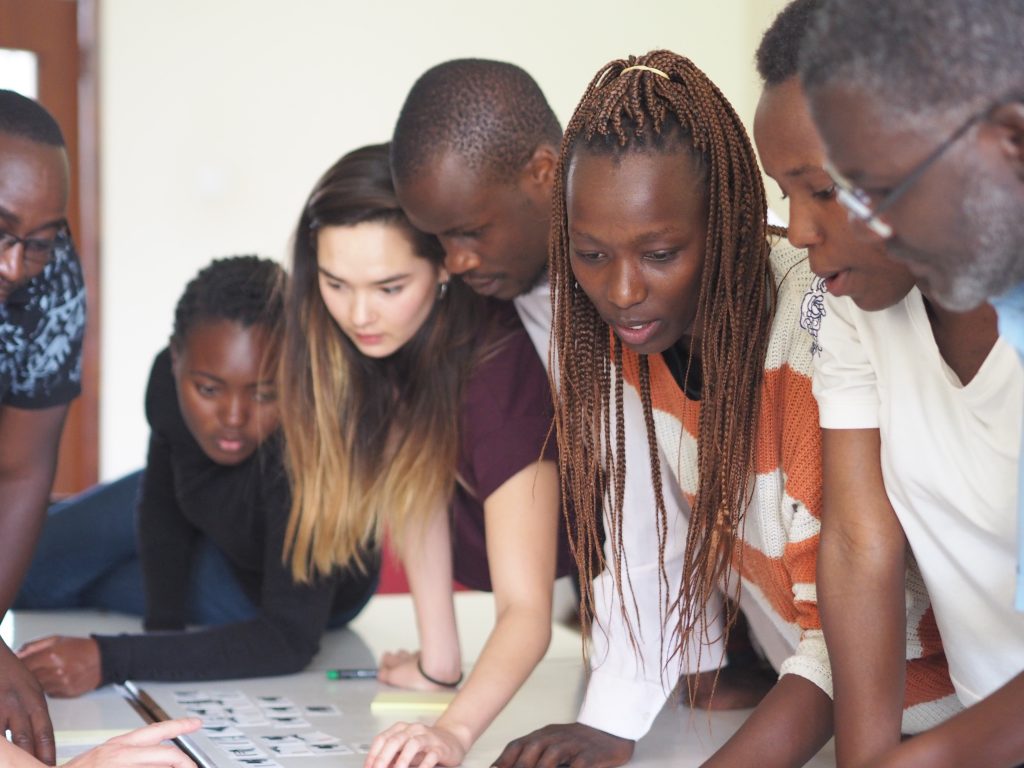
This post describes some key insights about aflatoxins and mycotoxins. It also explores food safety issues, key stakeholders and supply chain as well as the local food safety ecosystem in Kenya.

This post showcases some of the existing solutions to food safety issues from all over the world. Some examples of the benchmarked solutions are: Gardening walls in urban communities, co-ops and home deliveries, small scale and large scale hydroponic gardens, utilising sensors and satellites, membership business models for e.g. buying seeds and fertiliser, using great…

Process in brief: Co-creation workshop to discuss & share key insights Brainstorming individually & in the group for a variety of solutions Filling in concept templates for developing initial ideas Combining ideas & concepts into more refined solutions Creating a solution roadmap from the chosen concepts Presenting the ideas to the client & getting feedback…

Process in brief: Sharing & processing insights on post-its Journey Mapping (for gathering, clustering & visualising insights) Recording & dividing all insights under larger themes System Mapping (for identifying the most fruitful leverage points for solutions) At all stages: extensive discussion using sketches, diagrams & other methods to communicate our ideas to other team members…

Process in brief: Orientation at University of Nairobi with our Kenyan colleagues Field interviews & observations with: Academic experts in food safety and testing Small scale, middle scale and large scale farmers (both maize and dairy farmers) Small scale, middle scale and large scale feed producers Millers Consumers Market vendors & sellers Discussing our findings…

Process in brief: Secondary research (reading & benchmarking solutions) Expert interviews (Via Skype & in person in Finland) Client meetings Visualising and discussing our findings Validation workshops/discussions with clients, mentors & experts Context: Our IDBM project team of five people from different disciplines had a matching multidisciplinary team of students based in the University of…